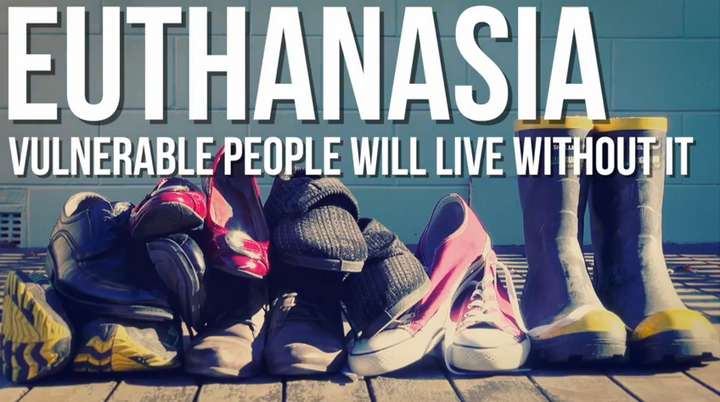Unrealistic safeguards
 Maxim Institute 13 June 2016
Maxim Institute 13 June 2016
Family First Comment: New York State and Canada already show evidence that the terms ‘safeguards’ and ‘euthanasia’ are oxymorons
“Safeguards.” It’s an official-sounding and soothing term often used by those in favour of euthanasia, to ease concerns about the effect of physician-assisted suicide on vulnerable communities. The literature and overseas experience, however, seem to suggest that in this area, no safeguard has been safe enough.
The End of Life Choice Bill (currently waiting to be pulled from the Member’s bill ballot in Parliament) contains this sentence: “Analysis of overseas jurisdictions where assisted dying is permitted demonstrates that concerns, including concerns about abuse of the vulnerable, have not materialised and that risks can be properly managed through appropriate legislative safeguards.”
These words are presumably intended to provide comfort to many who are nervous about the unintended consequences of the Bill. However, given several expert opinions I’ve read over the past few weeks contradicting this assertion of safety, they are right to be nervous.
For instance, the New York State Task Force on Life and Law—considering a medical perspective on assisted suicide and euthanasia—stated that; “one can posit ‘ideal’ cases in which all the recommended safeguards would be satisfied: patients would be screened for depression and offered treatment, effective pain medication would be available, and all patients would have a supportive, committed family and doctor. Yet the reality of existing medical practice in doctors’ offices and hospitals across the state generally cannot match these expectations, however any guidelines or safeguards might be framed.”
Recent events in Canada are also instructive. Last year’s Supreme Court decision—making physician-assisted suicide legal for any competent adult suffering from “a grievous and irremediable” illness, disease, or disability—came into effect on Monday, 6th June. The 16 month delay between the ruling and when it came into effect, was meant to give Canada’s Parliament enough time to pass legislation that would control the practice of physician-assisted suicide, setting out guidelines for whom, how, and when such a procedure could be carried out safely.
However, by the 6th, the Canadian Parliament had failed to pass any such legislation, largely due to significant backlash by advocates of euthanasia and assisted suicide. They say, “in its current form, it’s legislation that discriminates on age, mental status, and level of health.” In essence, they believe the safeguards proposed by the Liberal Government are too restricting to the new rights of Canadians to seek physician-assisted death.
Instead of greater safeguards to protect those vulnerable to abuse—the elderly, depressed, disabled, or emotionally vulnerable—proponents of euthanasia are calling the Government to keep the category open to anyone with “grievous, irremediable” conditions. This terminology is dangerously vague and, as The Netherlands and Belgium have proven, loose definitions leave room for initially “tough” safeguards to similarly loosen in short order.
As Canada struggles to turn promises of safeguards that will protect vulnerable people into acceptable legislation, New Zealanders should take note. Across the jurisdictions that have legalised assisted dying, promises to create these safeguards have largely failed to live up to the rhetoric.
http://www.maxim.org.nz/Blog/Unrealistic_safeguards







